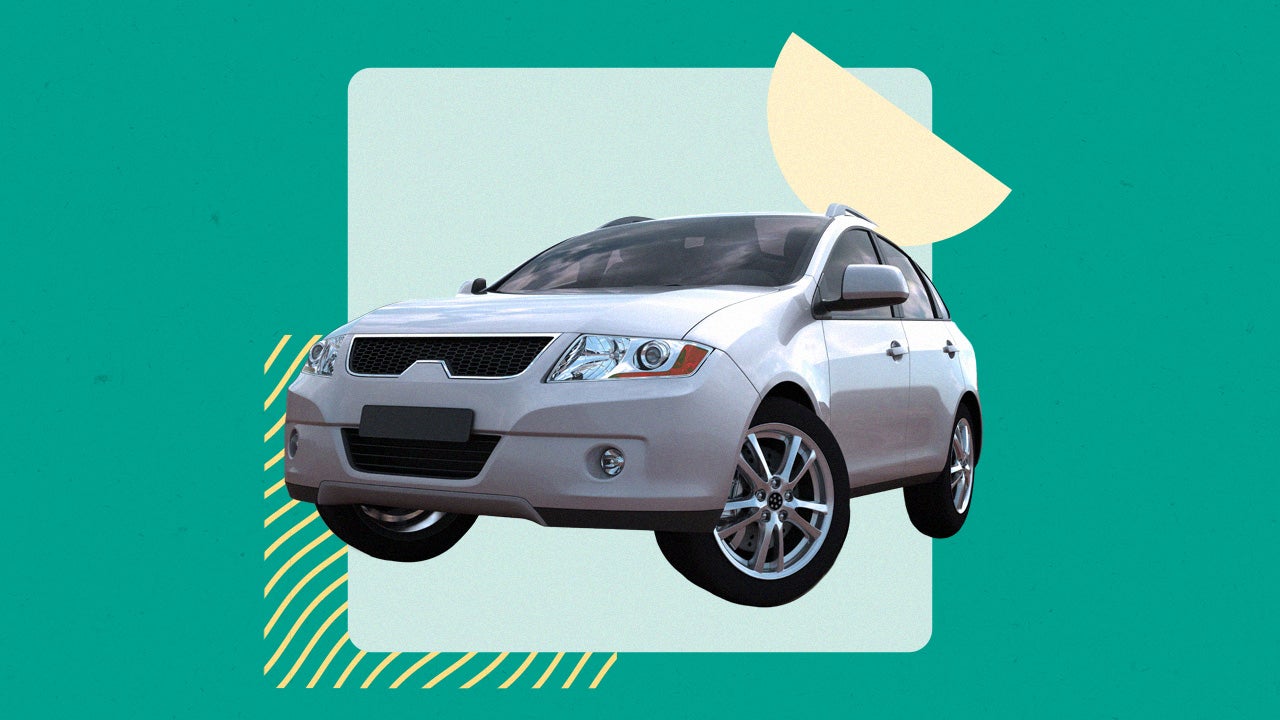How to negotiate car price for the best deal

Key takeaways
- Getting preapproved for financing is important because it gives you negotiating power — and could help you get an auto loan with more competitive terms.
- Before heading to the dealership, it’s best to identify exactly what you want in a vehicle and a maximum purchase price.
- When you sit down to negotiate, have a concrete idea of what the car is worth and which fees you can haggle.
Buying a new car is exciting, but negotiating for a lower price can feel intimidating. Preparation is the key to feeling confident and pushing for the price you deserve.
9 steps for negotiating your car price
Set yourself up for success when negotiating by getting preapproved for a loan and researching your options. These steps should help you feel more prepared to negotiate with the seller and help you get a deal that fits your budget.
1. Figure out the essentials
Before negotiation can begin, think about what kind of car you want. If you don’t already have your dream set of wheels picked out, consider your needs and lifestyle.
Will you be driving long distances or in heavy traffic and need a fuel-efficient vehicle? Is it just you and your partner, or will you need something larger to transport your children or relatives?
Are any features non-negotiable? These are just a few questions to ponder when determining which makes and models could work for you.
Also, run the numbers to get an idea of how much car you can afford. Use an auto loan calculator to estimate a monthly payment, and don’t forget to consider the other costs of owning a car when deciding on a budget.
You should also have a down payment of at least 20 percent of the car’s value. By doing this, you can avoid taking out a larger loan — and maybe even score a lower interest rate. Finalize the amount you can spend, and keep this number in mind when you negotiate.
2. Prequalify for financing
The next thing you need to do is look into financing. Consider getting preapproved or prequalified for financing before going to a dealership to buy a car. Most car dealerships offer in-house financing, but it is rarely the best deal. Dealerships often mark up their loan rates so they can profit.
You will find better offers from banks, credit unions and online lenders, so compare offers and check auto loan rates online. Securing financing before you visit a car lot will help you stay firm.
You will know exactly how much you have to spend, which means less temptation toward upgrades and pricey add-ons.
Plus, preapproval gives you negotiating power — the dealer may be willing to match or beat the other offers you get to earn your business.
3. Research the car’s value
Conduct research to find the car’s value and jot down the following figures:
- Manufacturer Suggested Retail Price (MSRP): The suggested sales price set by the manufacturer, also referred to as the sticker price.
- Invoice price: The amount the dealer pays the manufacturer to purchase the vehicle.
- Fair market value: The average price others are paying for the same or a comparable vehicle.
Find the MSRP on the price sheet attached to the window of the vehicle — or by doing research ahead of the dealership and checking the manufacturer’s website. You can identify the invoice price and fair market value through online research or with the Edmunds True Market Value tool.
If you want a new car, use the invoice price as your starting point. Ideally, the price you settle on should be between the MSRP and this figure. If you’re buying used, you could have more flexibility when negotiating, depending on the vehicle’s make, model, mileage and condition.
4. Research dealerships
Even if a dealership offers good deals on vehicles you like, it may not be the best option. Beware of dealerships that charge steep dealer fees or have poor reputations.
Read online reviews to get insight from past customers. Also, inquire about dealer fees before you begin shopping for a new ride.
5. Shop around
Unless you know exactly what car you want, down to the make, model and VIN, shop around. Check out a few dealerships in your area over a few weeks. Get a feel for what cars are available and speak with a few different salespeople.
Make a shortlist of your top options and research the MSRP, invoice price and fair market value.
You can use car buying apps to facilitate the process. You’ll have the pricing information you need to negotiate the best deal and the dealer will know you’ve done your research.
It is harder to negotiate — and easier to overpay — for a car if you rush the buying process.
6. Know which fees you can haggle
Once the negotiation process comes to an end, the final price you are met with may be higher than what you expected. This is due to additional fees that dealerships tack on — such as tax, title and license fees. While those are required by law, there are some that you can get out of.
Some examples of fees you can avoid paying include the dealer preparation fee, extended warranties, VIN etching, gap insurance or an advertising fee.
7. Follow these negotiation tips
Salespeople expect you to negotiate your car’s price. Don’t feel bad asking, but make sure you have a plan.
- Find price reports or comparison sheets: Check websites like Edmunds and Kelley Blue Book. If you know what a fair price for the car is or that another dealership is offering a better deal, share that information. It will give you a leg up in negotiating.
- Stay firm: Even if you are nervous about asking for a better deal, try not to show it. Be confident and tell them the price you want to pay. Firmness also means confidence in knowing what you deserve. For example, if you know you have good credit, use that to your advantage when discussing dealership financing.
- Be prepared for the long haul: The negotiation process can be lengthy. Prepare for an extended stay at the dealership by being well-rested and minimizing any chances of becoming irritable or rushing due to hunger, thirst or other distractions.
- Compare dealership financing: Come to the dealership with an auto loan preapproval in hand. This gives you more leverage when it’s time to negotiate, and the dealer may offer more competitive loan terms to earn your business.
8. Be prepared to reject dealer add-ons
When purchasing a new vehicle, you will be met with dealer add-ons. These are additional fees for services or products that the dealership will roll into the cost of your new set of wheels. Some examples of this include VIN etching, rustproofing, fabric protection, paint protection and nitrogen in your tires.
There are cases where add-ons are worth the cost, like tire and wheel protection for those driving on rough roads or gap insurance if you’re leasing your car. Otherwise, most services can be found elsewhere for a much cheaper price. When met with add-ons, remember that you can say no to dealer options that aren’t useful.
9. Switch the salesperson or dealership if necessary
If you’re working with a pushy salesperson who’s making you feel uncomfortable, find someone else who can assist. It could be best to take your business to another dealership to be treated fairly while shopping and negotiating the best deal on a vehicle.
You may find another car and a better deal elsewhere, or you may go back to the dealership another day and try to negotiate again. Walking away shows you are serious about getting a good deal.
Next steps
Buying a car takes effort, but when you are spending that much money, you want to be sure to get the car you want at the price you want before you close the deal.
Take time before arriving at the dealership to prepare so you can negotiate with confidence and knowledge about how much you should pay. And don’t be afraid to ask for the price you want and walk away if necessary.







